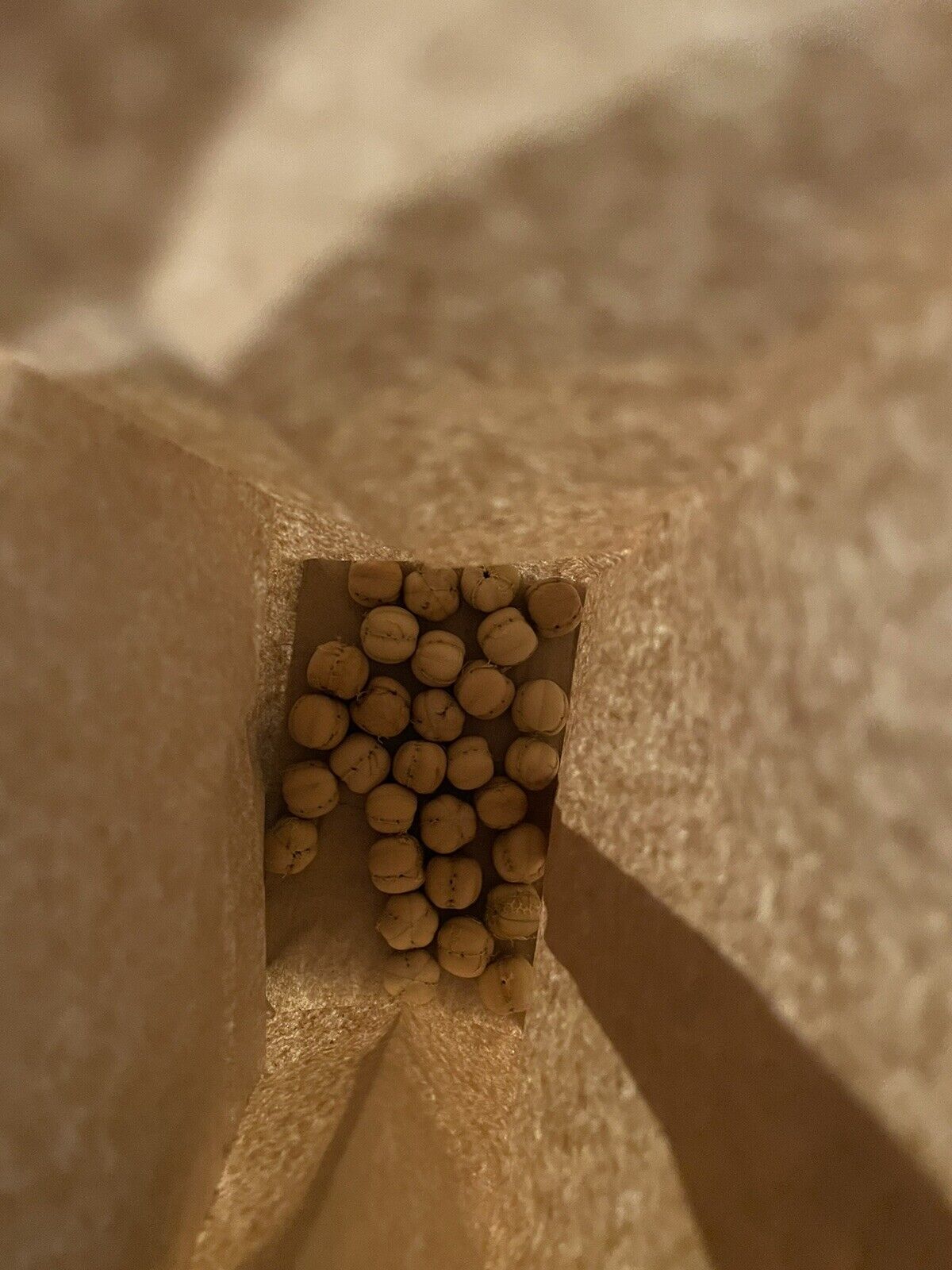-40%
Bay Leaf Plant, Sweet Bay or Laurel
$ 10.56
- Description
- Size Guide
Description
Bay Leaf Plants How to Grow and Care for Bay LaurelBay Leaf plants
are slow growing trees with leaves that are used as seasoning in cooking. It is also known as
bay laurel, sweet bay
and simply
laurel
. If you enjoy
growing herbs
, this is a great one to try, since it has a very aromatic flavor.
Bay leaf plants are a member of the family
lauraceae
. These trees are native to the Mediterranean region and the leaves are often used in Mediterranean recipes.
Bay Laurel was considered a sacred plant to the Greeks and Romans. Trees were often planted near temples and the foliage was burned during various rites.
Growing Bay Leaf Plants
Have you ever seen a pot of beef stew or a hearty soup with a large leaf in the middle of the mixture? You are looking at a bay leaf.
The herb adds a robust flavor to soups and stews and has long been used as a seasoning in cooking.
Bay Leaf plants are tolerant of most soil types. Ideal PH range is 6-7, but the plant is somewhat versatile and can stand a range of 4.5 to 8.3.
What it will not tolerate is soil that does not drain well. Applications of
compost
or other organic matter will help to keep the soil draining well.
Size of Bay Leaf Plants
Bay Laurel can be grown indoors in pots, and outdoors as shrubs and also as trees. It is a slow growing plant and can reach heights of 59 feet in the conditions are right.
Although the plant is a tree at heart, it can be kept smaller by
pruning the plant
or growing it in containers near your
vegetable garden
.
Container grown plants will not get to this large size. Prune it so that it gets no taller than 5-6 feet so that you can move it indoors when the weather gets colder.
The plant grows best in full sun to partial shade. If you grow it outdoors
Sunlight and Moisture Conditions
The plant grows best in full sun to partial shade. If you grow it outdoors in hot climates, it will benefit from some afternoon shade.
If you grow the plant indoors, it will need bright light and the occasion misting to keep the humidity level as the plant likes it.
Trees grown outside don?t generally need much in the way of fertilizer but container plants will benefit from a balanced organic fertilizer such as fish emulsion in the spring and summer.
Hardiness Zones
Bay Laurel is hardy in zones 7-10. In colder zones, it is very frost sensitive, but can be grown in a pot and brought indoors for the winter, or kept in a sheltered closed area where the extremes of the cold won?t kill it. It can only take temperatures down to about 20 degrees F.
In warmer zones, the plant is considered a
perennial
.
Ways to Grow Bay Leaf Plants
In warmer zones, grown bay laurel as a tree. It can used in topiary to create ball shaped plants. The stems are also grown twisted and they are grown as hedges, too.
Since bay is only hardy to zone 8, Bay Laurel is often grown as a houseplant in colder zones. For best results re-pot a container plant every 2-3 years
Propagation of Bay Leaf Plants
The plants take a long time to germinate from seed. Normal
plant propagation
is from cuttings or air layering. The cuttings need to root in a heated propagator with high humidity. It?s quite difficult to propagate.








